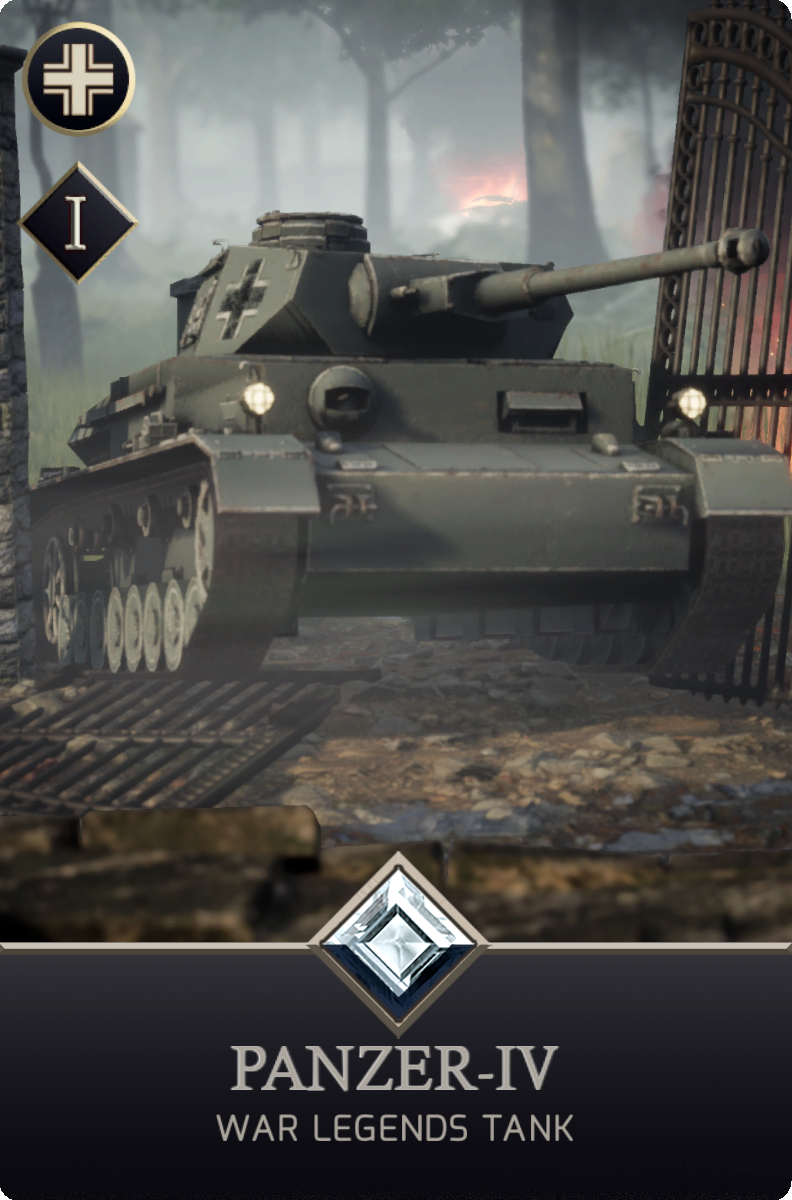


Tank Background
The Panzerkampfwagen IV, abbreviated as PzKpfw IV or known as Panzer IV, was the first armored vehicle developed to provide infantry support, but soon adopted the role of anti-tank, as its predecessor the Panzer III was becoming ineffective against the Soviet T-34 model.
The Panzer IV was produced throughout the war, and was the most prolific armored vehicle in all the scenes of the Second World War, with more than 8,800 units produced.
The basis for the development of this armored vehicle was to make a medium tank of maximum 24 tons and a maximum speed of 35 km/h. Three constructors presented their proposals, and the prototype of the constructor Krupp was mass produced, which was the one that obtained the best results in the different tests. The Panzer IV was equipped with a low velocity but high calibre gun with a capacity for high explosive projectiles.
To carry out the production of these tanks, components such as turrets and hulls were manufactured by Krupp in the cities of Essel, Linz and Kapfenberg. Engines were produced by Maybach in Friedrichshafen, and transmissions by CF. The vehicles were assembled by Krupp in the city of Magdeburg, and in 1937 the first Panzer IV rolled off the assembly line.
In 1941 they produced an average of 39 per month, during 1943 they produced an average of 252 per month. During 1944, the bombing of the St. Valentin factory in Austria and the steel shortage in 1945 seriously reduced production to about 170.
Because it was initially equipped with a 75mm KwK 37 L/24 gun, the Panzer 4 was not very effective against armored vehicles. This was due to the short 1.8m gun which reduced its accuracy and range, which was not very relevant for an armored car that was not intended to be anti-tank, However, this premise changed and the tank was later fitted with a KwK 40 L/48 gun, which gave it extra effectiveness thanks to its longer 3.6m gun which gave it a rate of fire of 790m/s compared to the 430m/s it originally offered.
In July 1941 when the Nazis were engaged in combat against the Soviets, deploying the T-34 and KV-1, the Germans noted the shortcomings of the Panzer IV and determined that a change of suspension, increased armor and a more powerful gun would suffice, but due to logistical constraints only the guns would be replaced, The company in charge of manufacturing these new guns would be none other than the firm Krupp, who was given specifications by which the gun would have to be able to penetrate 80 mm of armor at a distance of 1000 metres with a standard 6.8kg APCBC projectile. Due to the modifications of the original model, the nomenclature of this model changed, although it was previously Panzer IV it would now become Panzer IV Ausf. g.
Successive modifications and improvements extended the service life of the Panzer IV and made it suitable to face new enemy tanks such as the M4 Sherman and the T-34. In addition to this, due to its reliability and lower cost, the Panzer IV remained in production even after the Panzer V Panther tank entered service, being used for armored vehicle escort and infantry support tasks.








